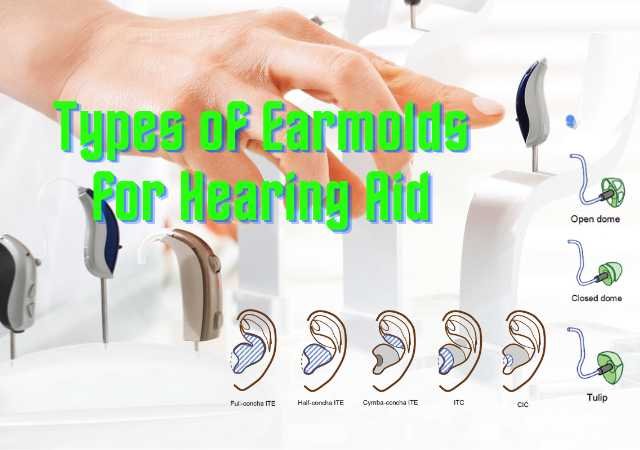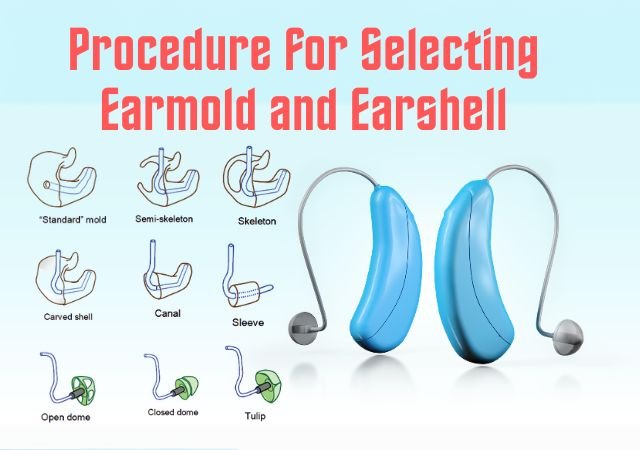Speech Sound Disorders – Articulation Phonological and Organic: Speech sound disorders refer to difficulties in producing speech sounds correctly. These disorders can affect individuals of all ages, but they are mostly observed in children during their early development stages. When left untreated, speech sound disorders can have significant impacts on a person’s social, emotional, and academic life.
Types of Speech Sound Disorders

- Articulation Disorders: Articulation disorders involve difficulties in producing individual speech sounds. Children with articulation disorders may substitute, omit, or distort certain sounds, making their speech challenging to understand.
- Phonological Disorders: Phonological disorders affect the systematic sound patterns used in language. Children with phonological disorders may have difficulties with sound contrasts, leading to errors in multiple words.
- Organic Speech Sound Disorders: Organic refers to speech difficulties caused by physical or physiological factors, such as structural abnormalities, vocal cord dysfunction, or oral-motor impairments. Let’s delve into the world of organic speech disorders:
Causes of Speech Sound Disorders
Speech sound disorders can arise from various factors, including:
- Developmental Delays: Some children may experience delays in speech sound development due to their biological makeup or environmental factors.
- Hearing Loss: Hearing impairment can significantly impact speech development, leading to speech sound disorders.
- Oral Structural Abnormalities: Structural issues, such as cleft palate, can affect speech sound production.
- Neurological Conditions: Certain neurological conditions can interfere with the brain’s ability to coordinate speech muscles, causing speech sound disorders.
Identifying Speech Sound Disorders
Recognizing the signs of speech sound disorders is crucial for early intervention and effective treatment. Some common symptoms include:
- Unclear Speech: Speech may be difficult to understand, even by familiar listeners.
- Substitution: Replace one sound with another, e.g., saying “wabbit” instead of “rabbit.”
- Omission: Certain sounds may be omitted from words, making the speech sound incomplete.
- Distortion: Produce sounds in an unusual way, making them sound distorted.
Diagnosing Speech Sound Disorders
Diagnosing speech sound disorders requires a thorough assessment by speech-language pathologists (SLPs). The evaluation may include:
- Speech Sound Assessment: Speech Language Pathologists will analyze the child’s speech production, identifying specific errors and patterns.
- Hearing Evaluation: A hearing test is conducted to rule out hearing-related issues.
- Oral Examination: The SLP may examine the child’s oral structures to check for any abnormalities that could affect speech.
Treatment Approaches
The treatment for speech sound disorders is tailored to everyone’s needs and may involve:
- Articulation Therapy: This therapy focuses on teaching the correct production of specific sounds through targeted exercises.
- Phonological Therapy: Phonological therapy helps children understand sound patterns and use them accurately in speech.
- Augmentative and Alternative Communication (AAC): For severe cases, AAC methods like sign language or communication devices can aid in effective communication.
Articulation Disorders
Articulation Disorders is a type of Speech Sound Disorders. It refer to difficulties in producing speech sounds, leading to challenges in clear and intelligible communication. Articulation involves the precise movement of speech organs, such as the tongue, lips, and vocal cords, to produce individual speech sounds.
Functional Articulation Disorders
A youngster who suffers from articulation problems might not be able to make some sounds or might form certain sounds inaccurately. As a result, learning and sociability may suffer, and the child’s speech may be difficult to comprehend. Occasionally, the disorder is referred to as functional speech dysfunction or articulation delay.
The Role of Articulation in Speech Production
Articulation plays a vital role in speech production, allowing us to form various sounds that combine to create words and sentences. When someone experiences an articulation disorder, they might substitute, omit, or distort certain sounds, affecting their ability to be understood.
Causes of Articulation Disorders
Articulation disorders can stem from various factors, including:
- Developmental Factors: Some children experience natural speech sound errors as part of their language development, but these typically resolve with time.
- Structural Issues: Anatomical abnormalities in the speech organs can hinder proper sound production.
- Hearing Impairment: Difficulty hearing speech sounds during critical developmental stages can lead to articulation difficulties.
- Neurological Conditions: Certain neurological disorders may affect the coordination required for clear speech.
Assessment and Diagnosis
Diagnosing articulation disorders involves a thorough assessment by a qualified speech-language pathologist. They will observe the individual’s speech patterns, identify errors, and determine the specific speech sounds causing difficulty.
Treatment Options for Articulation Disorders
Effective treatment strategies for articulation disorders may include:
- Articulation Therapy: Targeted exercises and drills to improve speech sound production.
- Visual and Auditory Cues: Using visual aids and auditory models to assist in sound correction.
- Parent Involvement: Engaging parents in speech practice at home to reinforce therapeutic goals.
Phonological Disorders
Phonological Disorders is a type of Speech Sound Disorders. It pertain to difficulties with the phonological aspects of language, affecting the systematic organization and use of speech sounds within a given language.
Understanding Phonological Disorders
Phonological disorders involve patterns of speech sound errors that impact a child’s ability to communicate effectively. These patterns may affect entire groups of sounds, leading to broader challenges in speech intelligibility.
Causes of Phonological Disorders
Phonological disorders may arise due to:
- Limited Phonological Awareness: Difficulty in recognizing and manipulating speech sounds in words.
- Language Exposure: Insufficient exposure to language models during early childhood.
- Genetic Factors: Some phonological disorders may have a genetic basis.
Assessment and Diagnosis
A comprehensive assessment by a speech-language pathologist is crucial for diagnosing phonological disorders. The evaluation may involve analyzing sound patterns, speech production, and phonological awareness skills.
Treatment Options for Phonological Disorders
Effective interventions for phonological disorders may include:
- Phonological Awareness Training: Enhancing the ability to identify and distinguish speech sounds.
- Language Enrichment: Providing a language-rich environment to support speech development.
- Phonological Contrast Therapy: Focusing on differentiating sounds that are challenging for the individual.
Organic Speech Sound Disorders
Organic Speech Sound Disorders is a type of Speech Sound Disorders. It refers to speech difficulties caused by physical or physiological factors, such as structural abnormalities, vocal cord dysfunction, or oral-motor impairments.
Types of Organic Speech Sound Disorders
Organic speech sound disorders can manifest in different ways, including:
- Apraxia of Speech: A motor speech disorder affecting the ability to plan and execute speech movements.
- Dysarthria: Impaired muscle control due to neurological damage, resulting in slurred or weak speech.
- Cleft Palate: Structural differences in the palate that can affect speech sound production.
Causes of Organic Speech Sound Disorders
Organic speech disorders may be caused by:
- Congenital Factors: Conditions present at birth, such as cleft palate or other structural abnormalities.
- Acquired Conditions: Speech difficulties resulting from injury, illness, or neurological damage.
- Degenerative Diseases: Progressive neurological disorders that impact speech.
Assessment and Diagnosis
Accurate diagnosis of organic speech sound disorders involves comprehensive evaluations, medical history reviews, and assessments by speech-language pathologists and other healthcare professionals.
Treatment Options for Organic Speech Sound Disorders
Treatment for organic speech sound disorders can include:
- Speech Therapy: Targeted therapy to improve speech coordination and intelligibility.
- Surgical Interventions: Corrective surgeries for structural abnormalities like cleft palate.
- AAC Devices: Augmentative and Alternative Communication devices for individuals with severe speech impairments
References:
- Articulation and Phonological disorder Speech Sound Disorders in Children 8th Edition – John E Bernthal [Book]
- SPEECH CORRECTION An Introduction to Speech Pathology and Audiology 9th Edition Charles Van Riper [Book]
- Assessment in Speech-Language Pathology A Resource Manual 5th Edition, Kenneth G. Shipley, Julie G. McAfee [Book]
You are reading about:
Speech Sound Disorders – Articulation, Phonological and Organic







0 Comments